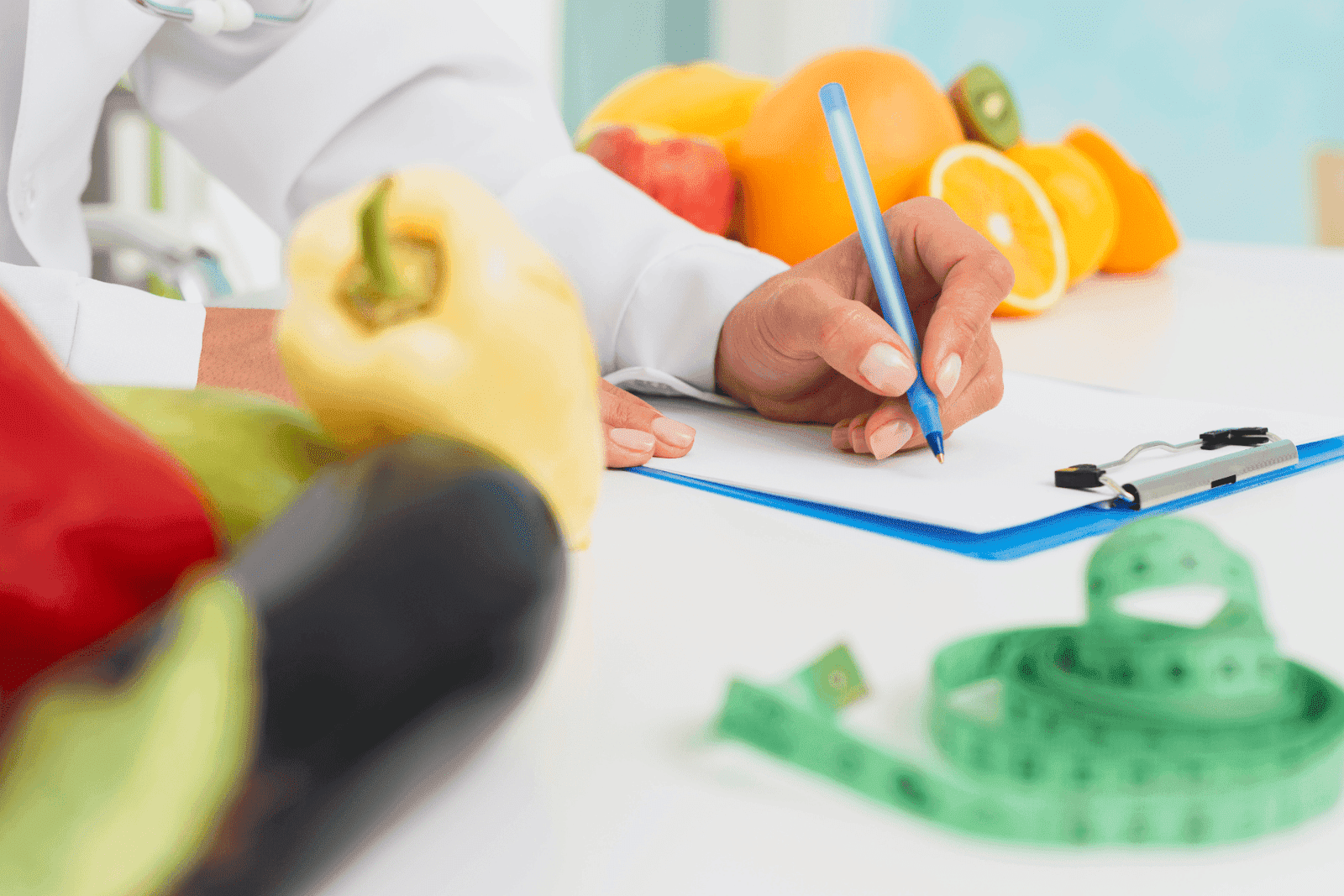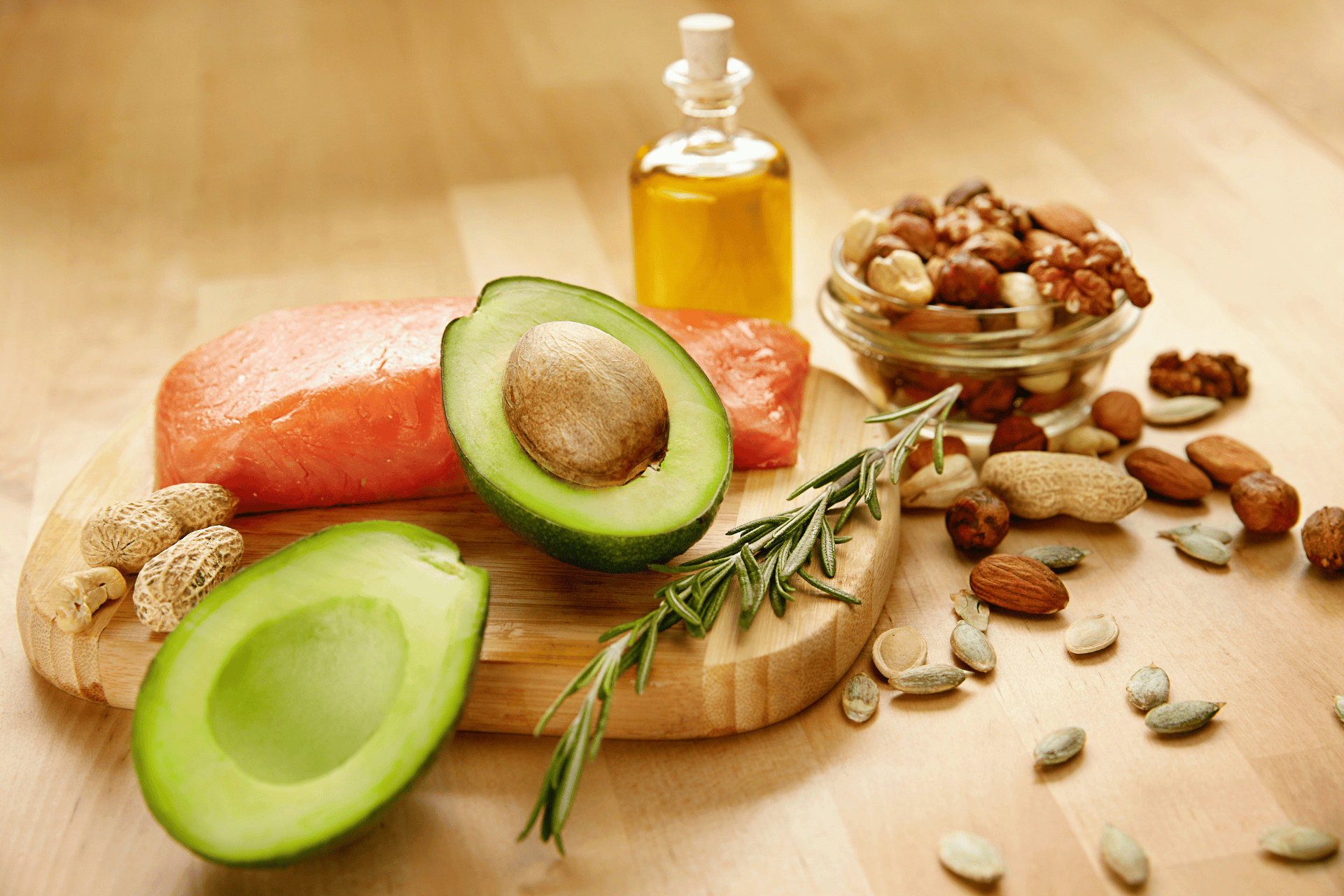Foods That Support GLP-1 Treatment
Glucagon-like peptide-1 (GLP-1) treatments have become a breakthrough in managing conditions like type 2 diabetes and obesity. These therapies work by enhancing the [...]
Read More
Medically reviewed by Abhijit Bhattacharyya | MD, PhD, MBA, Tufts University School of Medicine - Miami, Florida on October 21st, 2025.
Glucagon-like peptide-1 (GLP-1) treatments have become a breakthrough in managing conditions like type 2 diabetes and obesity. These therapies work by enhancing the body's natural ability to regulate blood sugar and appetite, making them a valuable tool in modern medicine. However, combining GLP-1 treatments with the right diet can further amplify their benefits, promoting better health outcomes and improved quality of life.
Understanding which foods support GLP-1 treatment is essential for anyone undergoing this therapy. The right nutrition can help optimize the hormone’s effects, improve blood sugar control, and support weight management efforts. This article explores the best foods to incorporate into your diet alongside GLP-1 treatment and offers practical tips for making healthier choices.
For those seeking personalized medical advice or telehealth consultations about GLP-1 therapies, Doctronic.ai offers convenient, affordable access to expert doctors 24/7. Their AI-powered platform combines the latest medical research with personalized care, making it easier than ever to get answers and treatment recommendations from anywhere in the United States.
Let’s dive into the foods that can support your GLP-1 treatment journey and help you achieve your health goals.
 Understanding GLP-1 and Its Role in Health
Understanding GLP-1 and Its Role in HealthGLP-1 is a hormone produced in the gut that plays a crucial role in regulating blood sugar levels and appetite. When released, it stimulates insulin secretion, slows gastric emptying, and promotes feelings of fullness. This makes GLP-1-based medications highly effective for managing type 2 diabetes and aiding weight loss. The significance of GLP-1 extends beyond just glucose regulation; it also influences various physiological processes, including cardiovascular health and inflammation, making it a key player in overall metabolic wellness.
GLP-1 treatments mimic or enhance the hormone’s natural effects, but diet also influences GLP-1 secretion. Certain foods can naturally boost GLP-1 levels, helping to complement medication and improve overall metabolic health. For instance, high-fiber foods, such as legumes, whole grains, and vegetables, have been shown to increase GLP-1 secretion, while protein-rich foods can also enhance its release. By understanding which foods support GLP-1, patients can make informed dietary choices that enhance their treatment outcomes. Furthermore, incorporating healthy fats, particularly those found in avocados and nuts, may also contribute to improved GLP-1 levels, creating a synergistic effect that supports both weight management and glycemic control.
Research into GLP-1 is ongoing, revealing even more about its potential benefits. Recent studies suggest that GLP-1 may play a role in neuroprotection, potentially impacting cognitive function and reducing the risk of neurodegenerative diseases. Additionally, the gut-brain axis, which connects the gastrointestinal system to the brain, is influenced by GLP-1, suggesting that this hormone could also affect mood and mental health. As we continue to explore the multifaceted roles of GLP-1, it becomes increasingly clear that maintaining healthy GLP-1 levels through both medication and diet could have far-reaching implications for overall health and well-being.
Dietary fiber is one of the most effective ways to naturally increase GLP-1 secretion. Fiber slows digestion and promotes the production of short-chain fatty acids in the gut, which stimulates GLP-1 release. Incorporating fiber-rich foods into your diet can improve blood sugar control and prolong feelings of fullness.
Examples of high-fiber foods include:
Whole grains like oats, barley, and brown rice
Legumes such as lentils, chickpeas, and black beans
Vegetables, including broccoli, Brussels sprouts, and carrots
Fruits like apples, pears, and berries
Protein intake is another important factor in GLP-1 regulation. Consuming protein stimulates GLP-1 secretion and helps reduce appetite, which supports weight management. Including lean proteins in your meals can enhance the effects of GLP-1 therapies.
Good sources of protein include:
Chicken, turkey, and lean cuts of beef
Fish and seafood
Eggs
Plant-based proteins such as tofu, tempeh, and quinoa
Incorporating healthy fats into your diet can also support GLP-1 function. Omega-3 fatty acids, found in fatty fish and certain plant oils, have anti-inflammatory properties and may enhance hormone regulation. These fats contribute to improved insulin sensitivity and overall metabolic health.
Sources of healthy fats include:
Salmon, mackerel, and sardines
Chia seeds and flaxseeds
Avocados
Olive oil and nuts
While certain foods support GLP-1, others can hinder its effectiveness. Limiting processed foods, added sugars, and refined carbohydrates is essential to maintain stable blood sugar levels and maximize treatment benefits.
Highly processed snacks, sugary beverages, white bread, and pastries can cause rapid spikes in blood sugar, which counteract the positive effects of GLP-1 therapies. Reducing intake of these foods helps prevent insulin resistance and supports sustained weight loss.
 Meal Timing and Its Impact on GLP-1
Meal Timing and Its Impact on GLP-1Beyond food choices, meal timing can influence GLP-1 secretion. Eating smaller, more frequent meals may help maintain steady GLP-1 levels throughout the day. Avoiding long periods of fasting or skipping meals can prevent excessive hunger and overeating, which is especially important for those managing weight with GLP-1 treatments.
Additionally, consuming balanced meals that combine fiber, protein, and healthy fats can promote prolonged satiety and better blood sugar control. Planning meals with these components in mind supports the hormone’s natural rhythm and enhances treatment outcomes.
Managing GLP-1 treatment is a comprehensive process that benefits from ongoing medical guidance. Doctronic.ai provides an accessible way to consult with healthcare professionals who understand the latest in modern medicine. Their AI-powered platform offers fast, personalized answers and treatment recommendations, helping patients stay on track with their GLP-1 therapy and dietary plans.
With over 10 million users and growing rapidly, Doctronic combines advanced AI with real doctors to deliver care that is faster, smarter, and more personal. This makes it easier for patients to get the support they need anytime, anywhere, without the hassle of traditional appointments.
Ensure each meal contains a good mix of fiber, protein, and healthy fats. This combination supports GLP-1 secretion and helps maintain stable blood sugar levels.
Drinking plenty of water aids digestion and overall metabolic function, complementing the effects of GLP-1 treatments.
Reduce consumption of sugary snacks and drinks to prevent blood sugar spikes that can undermine treatment benefits.
Foods like yogurt, kefir, and fermented vegetables promote gut health, which may positively influence GLP-1 production.
Use telehealth platforms such as Doctronic.ai to discuss your diet and treatment progress, ensuring your plan remains effective and personalized.
GLP-1 treatments offer powerful benefits for managing diabetes and supporting weight loss, but their effectiveness is closely linked to lifestyle choices, especially diet. By focusing on fiber-rich foods, lean proteins, and healthy fats while limiting processed and sugary items, patients can naturally boost GLP-1 levels and improve treatment outcomes.
Combining these nutritional strategies with expert medical support from Doctronic.ai ensures a comprehensive approach to health. This AI-driven telehealth service provides quick, evidence-based answers and personalized care, helping patients navigate their GLP-1 treatment with confidence and convenience.
Ultimately, embracing a GLP-1-friendly diet alongside cutting-edge medical technology empowers individuals to take control of their health and achieve lasting improvements in metabolic wellness.
Enhance your GLP-1 treatment journey with Doctronic, the #1 AI Doctor revolutionizing patient care. Experience the fastest, most personal health advice tailored to your needs, all at your fingertips. With Doctronic, you get free AI doctor visits, instant, evidence-based answers, and the option for affordable telehealth video visits with our doctors, available 24/7 across all 50 states. Join over 10 million satisfied users and embrace a smarter approach to health care. Skip the line. Talk to an AI Doctor Now, for free.
Glucagon-like peptide-1 (GLP-1) treatments have become a breakthrough in managing conditions like type 2 diabetes and obesity. These therapies work by enhancing the [...]
Read More